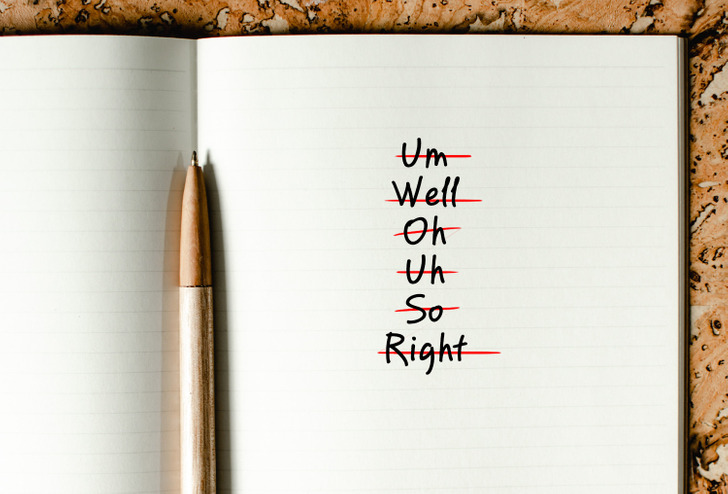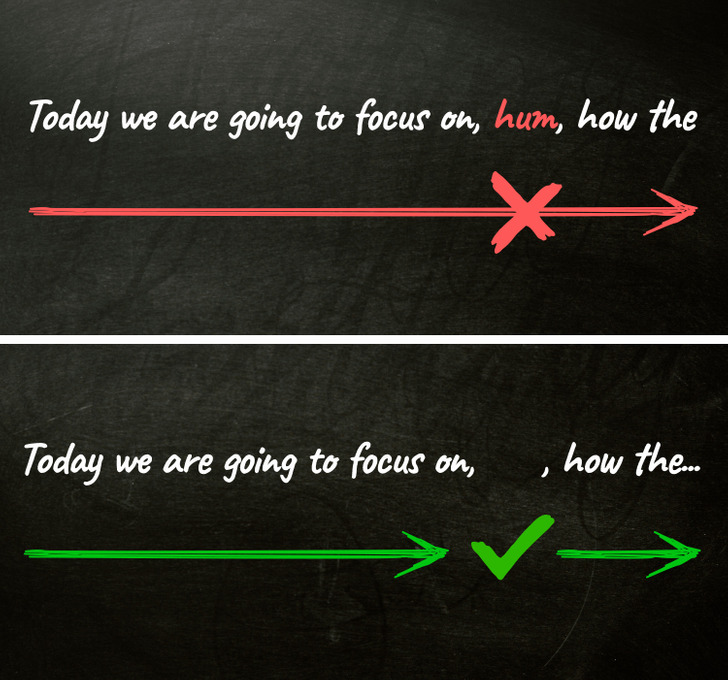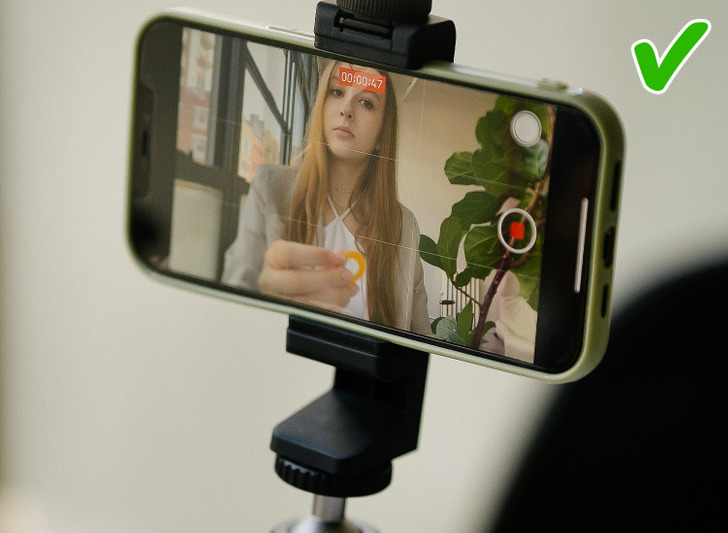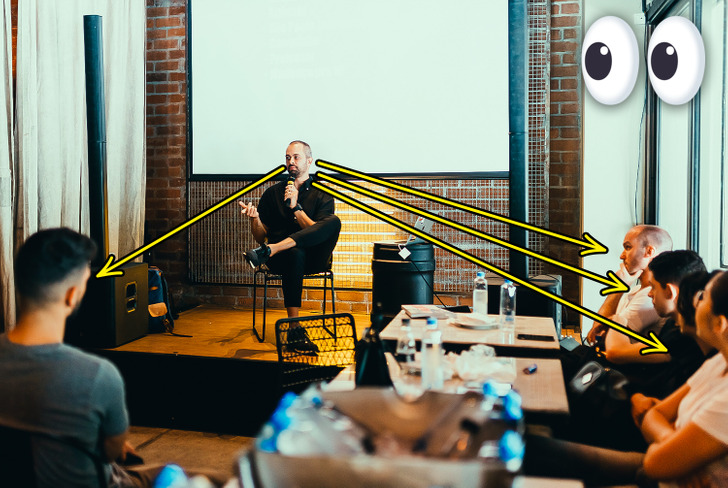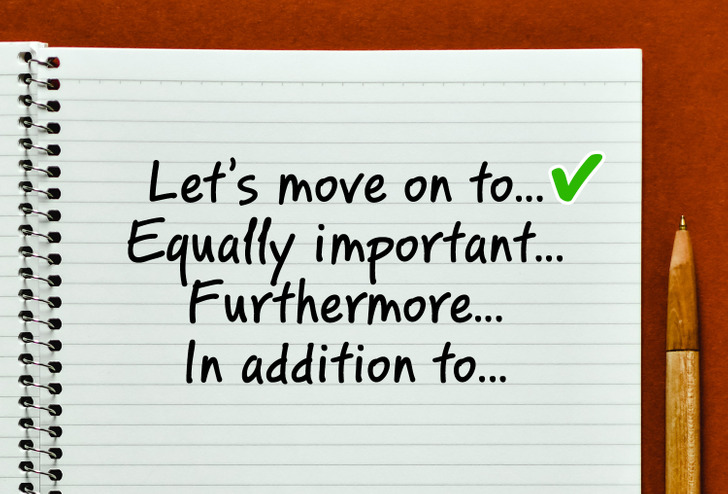6 Ways to Stop Saying “Um,” “Like,” and Other Filler Words
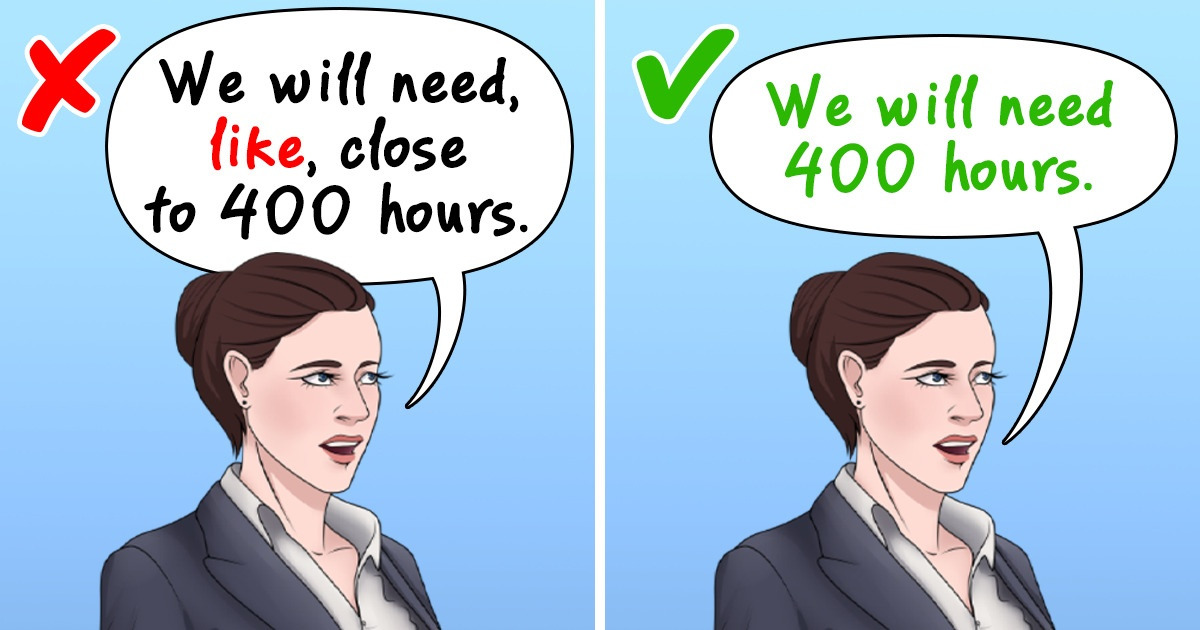
Can’t get rid of “ums” and “you knows?” We’ve prepared a guide to help you to stop using these hesitation words that can litter your speech, allowing you to start speaking clearly and confidently whenever you need it.
Why you should avoid filler words
When you’re speaking to other people, online or in person, there can be a tendency to insert certain words, which are thought of as verbal crutches. We may do this when we’re nervous, unsure about what we’re saying, tired, or struggling to respond to a question. We use them without even noticing, but when we overuse these filler words, it can lead others to assume you’re unsure of yourself.
Words like “um,” “uh,” “so...” “well,” “you know,” or “like” are usually used at the beginning or in between ideas. Some say that this speech filler is essential to making you sound natural, but the truth is that we use them to think verbally, and this can cause your listener to get distracted from your main message.
Before you can get rid of them for good, you need to know what to look for. Here’s a list of filler words, both in speech and writing:
- “Um”
- “Well”
- “Oh”
- “Uh”
- “So”
- “Right”
- “Literally”
- “Okay”
- “Like”
- “Very”
- “Really”
How to get rid of filler words
1. Make use of pauses.
One method for removing these filler words is to replace them with a pause. The benefit of pausing instead of saying and relying on verbal crutches is that a pause will make it so your words are more impactful.
Consider the following scenario: You’re asked a question and instead of filling the silence with one of these words, you pause before beginning to give your answer. This helps to give you time to formulate the response, making whatever you say more powerful to the ears of the listener.
2. Slow it down and make sure you’re prepared.
There’s a tendency to speak fast, faster even than you might realize. By doing this, you risk having a mouth that’s faster than your brain, resulting in increased use of filler words since you’ll be considering what to say next. Slowing down can help you eliminate the filler and communicate more clearly and understandably.
Preparation is also vital. Being unprepared can cause you to become more nervous, speak faster, forget what you need to say next, and even get your words mixed up. So the tip here is that you need to practice. Some say you’ll need an hour of practice for every minute of a presentation, but communication experts have recommended that you say your presentation in full, 3 times, before going out to the public.
3. Record yourself.
If you record your speech and then listen to it, you might catch yourself leaning on filler and not liking what you’re listening to. Hearing your use of filler words might be a crucial step since it will help you recognize that you do it and show you where the pesky “likes” and “ums” appear. Furthermore, you’ll probably start noticing when other people overuse them.
4. Look at your audience.
It’s always a good idea to look at the audience when giving a presentation, and making eye contact can help you to avoid using filler words because it feels weird and uncomfortable to use “uh,” “hum,” or “like” constantly when making eye contact. Spread your attention out by looking at everyone in the room and making eye contact with each person.
5. Make conscient use of transitions.
One of the reasons we utilize filler words is to communicate to the public and let them know that we’re not yet done with the presentation. There are phrases that you can use, which can be helpful to plan beforehand, instead of relying on filler. Here are some examples:
- “Let’s move on to...”
- “Equally important...”
- “Furthermore....”
- “In addition to...”
6. Get rid of “like.”
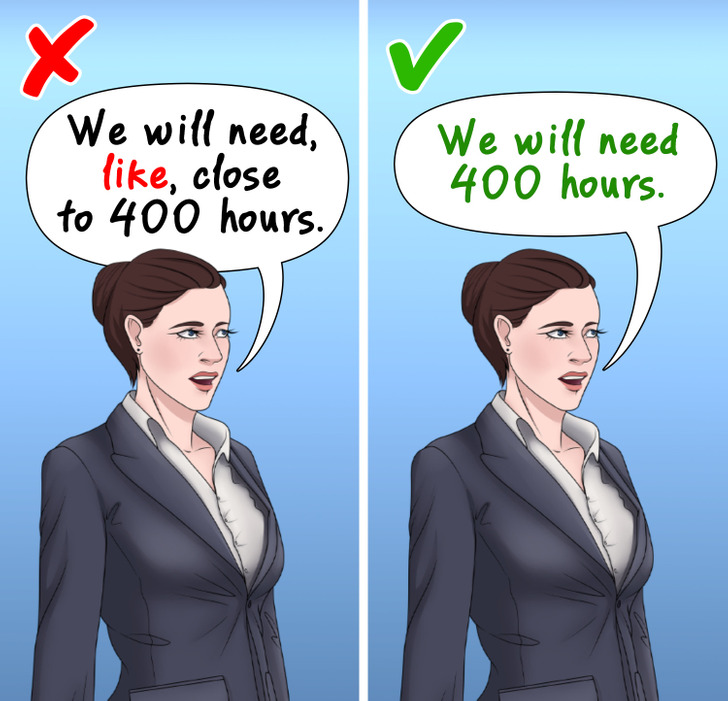
Ideally, you’d stop the use of “like,” as you should with the other fillers, but sometimes the word “like” is useful to convey a comparison or a similarity. Fortunately, there are alternatives to “like” that replace it but have the same meaning. Here are some of them:
- Comparable
- Related
- Equivalent
- Close
- Equal
- Equaling
- Akin
- In the manner of
- Not unlike
- Such
Bonus

One thing to consider, aside from the filler we subconsciously use when giving presentations, is what we do with our hands while speaking. Research has shown that hand gestures play a big part in how we are perceived by our peers and in our ability to persuade them.
Here are some suggestions to up your presentation game further using hand gestures:
- Try to be natural. This might seem like a hard ask when you’re doing it intentionally, but if you practice your gestures extensively beforehand it will help make them seem like a natural part of your communication style.
- One of the easiest gestures to make relates to numbers. When discussing numbers, use your hands to demonstrate them. Imagine your presentation will cover 5 main points on a subject. Use your hand to show the number 5 when introducing these 5 points. When you reach the first point, show a finger with the number one on it, and so on.
- Extend your hands out to the public. With your hand in a handshake position, occasionally reach out to your public. This will help the public to feel closer to you, as if you were closing the gap between the speaker and audience.
Improve your communication skills even further with:
- Our guide on 80 Words to Use Instead of Very
- Memorization techniques in How to Memorize a Speech Quickly
- Ways to feel more confident in 8 Ways to Overcome Shyness
What other strategies do you use to make your presentations top-notch? Tell us in the comments. 🧐
